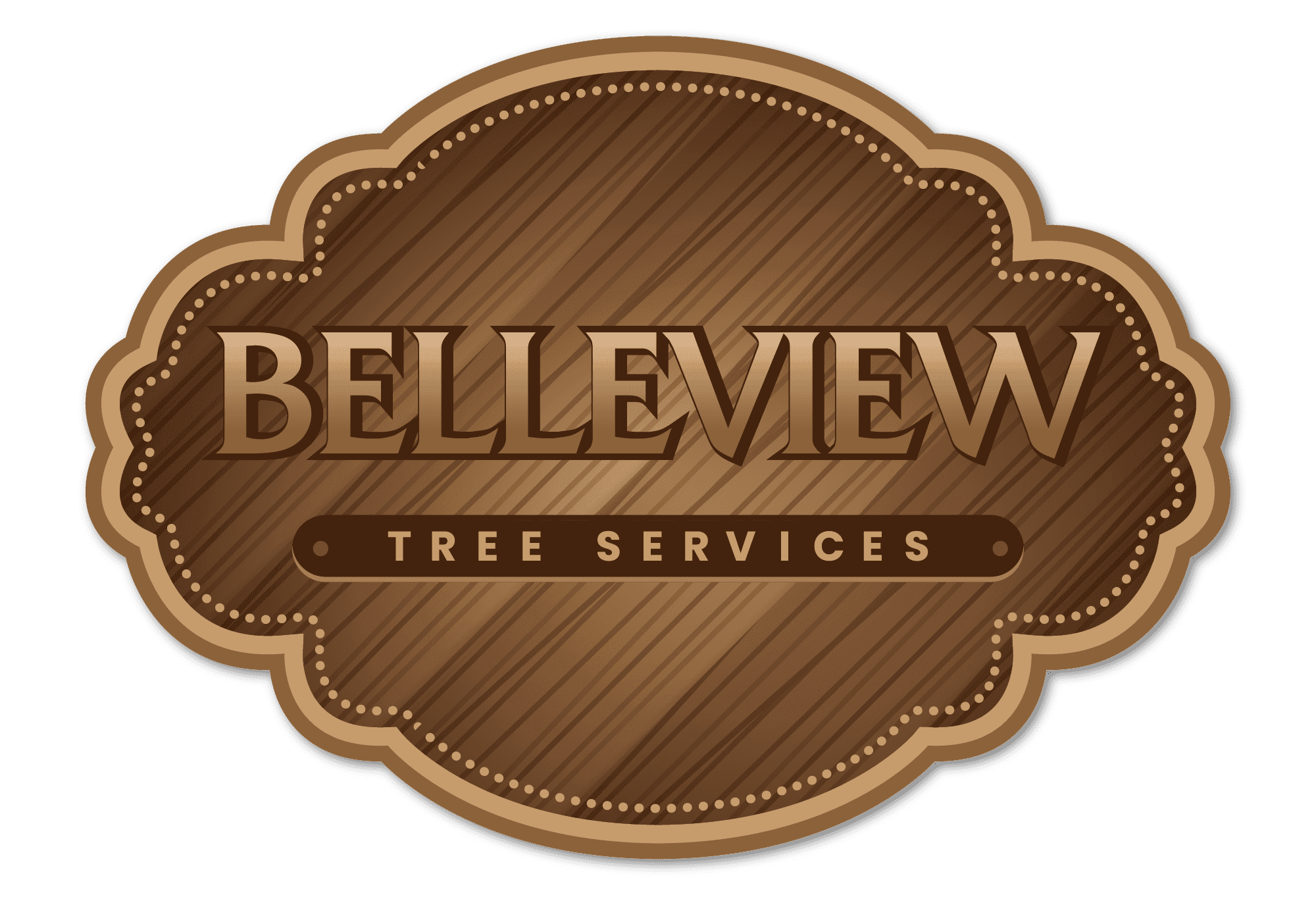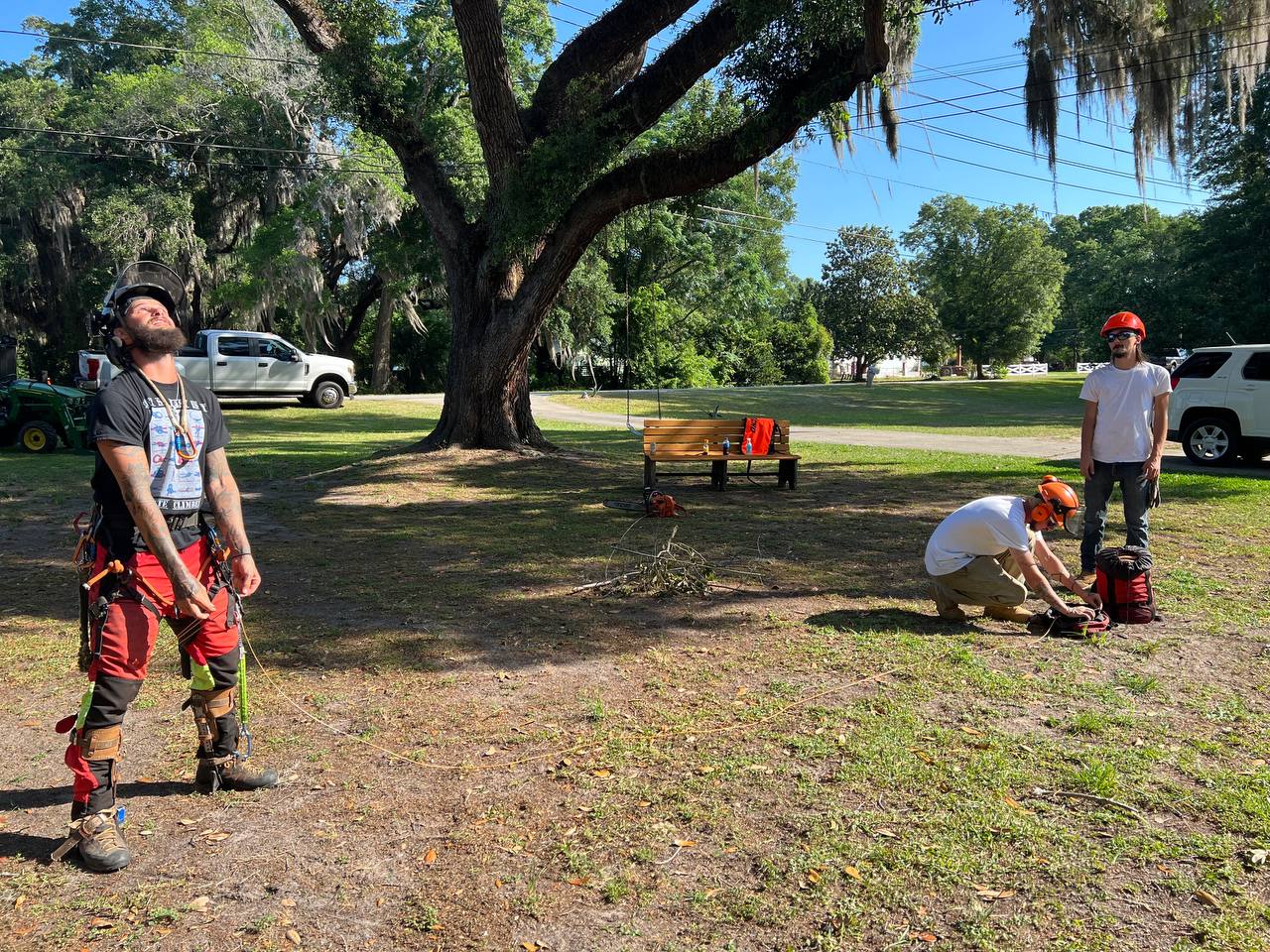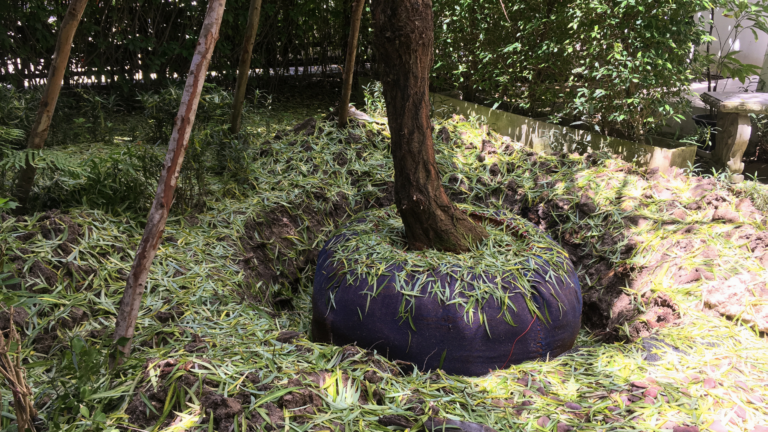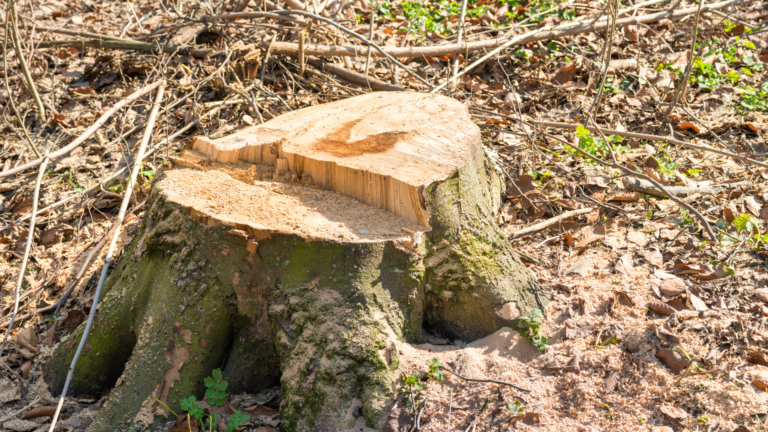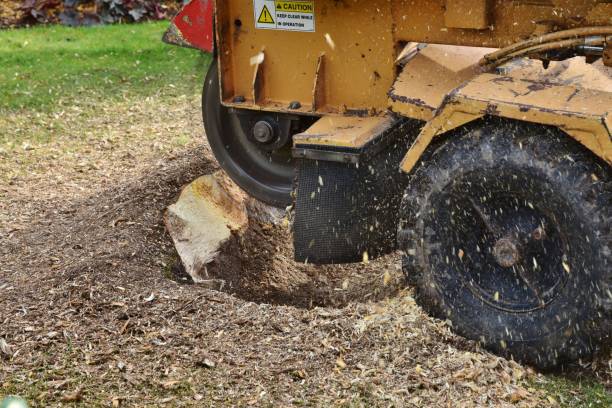When to Say Goodbye: The Importance of Tree Removal in Belleview
In Belleview, trees play a pivotal role in enhancing our environment. These towering giants provide not only aesthetic charm but also vital ecological benefits, including oxygen production, carbon dioxide absorption, and a habitat for wildlife. However, it’s crucial to recognize the importance of knowing when to bid farewell to trees that pose risks to safety and the environment. In this blog, we’ll explore the signs, reasons, and responsible practices for tree removal in Belleview, ensuring a harmonious coexistence between nature and our community.
What is Tree Removal?
Tree removal is a critical aspect of responsible tree care, necessitated by various factors like disease, damage, or safety hazards. Trees, while essential for the environment, can become liabilities when they pose risks to property or people. Understanding the reasons and methods behind tree removal is crucial for maintaining safety, preserving the surrounding environment, and ensuring the longevity of the green canopy that contributes to the beauty and vitality of our community.
Signs of a Tree in Trouble
Trees are vital to our environment, but they can face various issues that require attention. Recognizing these signs can help ensure the health and safety of your trees and property. Here are five common signs that indicate a tree might be in trouble:
- Dead or Dying Branches: When a tree’s branches show signs of being dead or dying, it’s a cause for concern. These branches typically lack leaves, appear brittle, and often display a gray or brown coloration, indicating a loss of vitality in the tree’s health.
- Leaning or Tilting: A tree that leans or tilts excessively may be experiencing structural issues. This can be a sign of weakened roots, soil instability, or wind damage, posing a potential risk of falling and necessitating further inspection.
- Fungal Growth: The presence of fungal growth on a tree’s trunk or branches can indicate underlying issues. Fungi like mushrooms or conks can be a sign of decay or disease, compromising the tree’s structural integrity.
- Root Issues: Problems with a tree’s roots can manifest as instability or decline in the tree’s health. Symptoms may include uneven growth, poor leaf development, or a noticeable decline in the overall tree’s appearance.
- Excessive Leaf Loss: When a tree sheds an unusually large number of leaves outside its normal seasonal pattern, it may signify stress, disease, or environmental factors impacting its well-being, warranting a closer examination of its health and potential need for removal.
Safety Concerns
Ensuring the safety of your property and loved ones is paramount when it comes to tree maintenance. Trees, while beautiful and beneficial, can also pose significant risks if not properly cared for. Here are some key safety concerns associated with trees:
- Falling Branches: Dead or weakened branches can break and fall unexpectedly, posing a threat to people, pets, and property beneath. Regular tree inspections can help identify and address these hazards.
- Tree Collapse: In extreme cases, an entire tree can collapse, especially if it’s diseased, structurally compromised, or subjected to adverse weather conditions. This can result in extensive damage and even injury.
- Property Damage: Overgrown branches or trees in close proximity to buildings can damage roofs, windows, and structures during storms or high winds. Proactive trimming can prevent such incidents.
- Injury to People or Pets: Falling branches or trees can cause severe injuries to anyone in their path, and pets are not immune to these dangers. Proper tree care reduces these risks.
- Legal Liabilities: If a tree on your property causes damage or injury to others, you could be held legally liable. Understanding and addressing potential hazards can help you avoid legal repercussions.
Environmental Impact
The ecological significance of trees in Belleview cannot be overstated. These majestic beings contribute in numerous ways to the health of our local ecosystem and the well-being of our community. Here are three key aspects of their ecological importance:
Oxygen Production
Trees are nature’s oxygen factories. Through a process called photosynthesis, they absorb carbon dioxide and release life-giving oxygen into the atmosphere. In Belleview, our dense tree canopy is responsible for a substantial portion of the fresh oxygen we breathe every day, promoting cleaner air and better respiratory health for residents.
Carbon Dioxide Absorption
Beyond oxygen production, trees play a vital role in mitigating climate change. They act as carbon sinks, absorbing and storing carbon dioxide from the atmosphere. This helps reduce the concentration of this greenhouse gas, thereby combatting global warming and its associated impacts.
Habitat for Wildlife
Belleview’s trees provide critical habitats for a diverse range of wildlife. From birds and squirrels to insects and fungi, these ecosystems within our urban environment support biodiversity. The interconnected web of life in and around our trees contributes to a balanced and vibrant ecosystem, enhancing the overall quality of life in our community.
Tree Removal Process
Professional tree removal is a meticulous and safety-conscious procedure that requires careful planning and execution. Here are the key steps involved in the process:
1. Assessment and Planning
The process begins with a thorough assessment of the tree’s condition. Certified arborists or tree removal experts evaluate factors such as the tree’s health, size, location, and potential hazards. Based on this assessment, a removal plan is developed, including the direction of tree fall, equipment needed, and safety measures.
2. Permits and Regulations
Depending on your location, there may be specific permits and regulations governing tree removal. The tree removal service provider will ensure that all necessary permits are obtained and that the removal complies with local laws and regulations.
3. Safety Precautions
Safety is paramount during tree removal. The area around the tree is cordoned off, and safety measures, such as wearing appropriate protective gear and using specialized equipment, are implemented to prevent accidents. The removal team also considers factors like nearby structures, power lines, and the potential fall path of the tree.
4. Cutting and Disposal
The actual removal process involves carefully cutting the tree in sections, starting from the top and working downward. This method minimizes the risk of damage to property and ensures that the tree is brought down safely. After the tree is down, the wood is typically cut into manageable pieces and either disposed of or repurposed, depending on the client’s preferences.
Preservation and Replacement
While tree removal is sometimes necessary, preserving existing trees and replacing those that must be removed are crucial steps in maintaining a healthy and sustainable urban environment. Here’s how we can achieve a balance between tree preservation and replacement:
Advocate for Tree Preservation Whenever Possible
Preserving mature trees should always be the first choice. These trees have already established their ecological value and provide numerous benefits. Regular maintenance, including pruning and healthcare, can extend their lifespan, preserving Belleview’s natural heritage and maintaining the local ecosystem.
Discuss Tree Replacement Strategies to Maintain Belleview’s Green Canopy
In cases where tree removal is unavoidable, thoughtful tree replacement is vital. Selecting suitable native species that are well-suited to Belleview’s climate and soil conditions ensures a seamless transition. Proper planting techniques and ongoing care are essential to nurturing new trees and sustaining the city’s green canopy.
Promote Community Tree Planting Initiatives
Engaging the community in tree planting initiatives fosters a sense of ownership and environmental responsibility. Collaborative efforts, such as tree planting events and local conservation programs, can significantly contribute to increasing Belleview’s green canopy and promoting a sustainable and vibrant urban environment.
Belleview’s Tree Removal Regulations
Belleview, like many communities, has regulations in place to govern tree removal. These regulations help protect the environment, maintain the city’s greenery, and ensure the safety of residents. Here are five common tree removal regulations you might find in Belleview:
- Permit Requirements: Belleview may require property owners to obtain permits for the removal of certain trees, especially those of a certain size, age, or species. These permits help ensure that tree removal is done for valid reasons and that the necessary precautions are taken.
- Protected Species: Some trees may be protected by local ordinances due to their rarity, cultural significance, or ecological importance. Removing these trees without special permission may be prohibited.
- Replacement Requirements: In some cases, when a tree is removed, property owners may be required to plant new trees to replace the ones removed. This regulation aims to maintain the city’s green canopy and ecosystem health.
- Pruning Guidelines: Belleview may have specific guidelines for tree pruning, especially for trees near power lines or roadways. These guidelines help prevent accidents, property damage, and outages caused by improper pruning.
- Timing Restrictions: Certain trees may be subject to timing restrictions for removal. For instance, during the nesting season for birds, tree removal might be limited to protect wildlife. Similarly, removing trees during extreme weather conditions could be prohibited to prevent accidents.
Understanding the importance of tree removal is essential for safety, environmental balance, and the well-being of our community. Responsible tree management ensures a safer and more beautiful environment in Belleview.
We encourage you to be proactive in your tree care efforts, whether it’s preserving healthy trees or responsibly removing those that pose risks. For guidance, assistance, or more information, please don’t hesitate to reach out to us or visit our website today. Your involvement is crucial in maintaining Belleview’s natural splendor.
